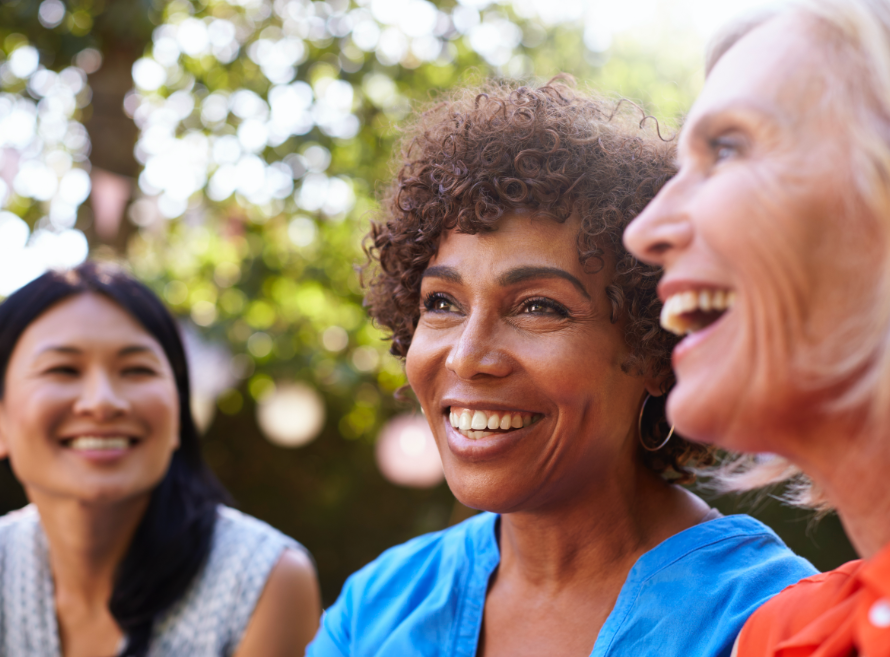
Estradiol (E2)
What is Estradiol (E2)?
Estrogen is the main female sex hormone, and estradiol, also called 17 beta-estradiol, is a form of estrogen. Estradiol (E2) and estrone (E1) are prominent biologically active estrogens in women. A third bioactive estrogen, estriol (E3) is the primary estrogen in pregnancy.
Both women and men have estrogen in their bodies. Estrogen affects the development of female sex organs and body characteristics, the production of eggs and sperm, and pregnancy. In both sexes, estrogen is involved in pubertal growth, nerve growth, bone remodeling, and endothelial responsiveness.
Estradiol is produced primarily by the ovaries in women and by the testicles in men. E2 and E1 can be converted into each other, but E2, estradiol, is stronger. It has up to five times the biological potency of E1.
Belmar compounds estradiol as a bioidentical hormone. Bioidentical hormones have the exact chemical and molecular structure and functions as hormones made in the human body, while other types of lab-made hormones, such as conjugated equine estrogen, do not. Bioidentical estradiol is derived from plant sources and is like the body’s naturally-produced E2.

Who May Benefit From Estradiol Replacement?
Estradiol supplementation may be a beneficial treatment for:
Menstruating women with low estrogen levels
Low levels may cause abnormal periods or infertility in menstruating women. Typical levels for estradiol in premenopausal women are about 15 to 350 picograms per milliliter (pg/mL), although these range widely throughout the menstrual cycle. The causes of low E2 levels can be genetic, autoimmune, toxic (due to chemotherapy or radiation therapy), or related to diseases of the ovaries, pituitary gland, or hypothalamus. Lifestyle causes of low estrogen levels include malnutrition, over-exercise, severe physical or emotional stress, and heavy drug or alcohol use.
Girls who are late starting puberty
Low estradiol levels can delay the development of female body characteristics and menstruation. In these cases, causes are generally genetic, autoimmune, or possibly due to chemotherapy or radiation. Estradiol may stimulate puberty in girls who are not developing naturally.
Women who have reached menopause
Postmenopausal women generally have less than 10pg/ml of estradiol. Although these low levels are the typical result of ovaries ceasing to function with age, estradiol therapy may help alleviate some of the uncomfortable symptoms of perimenopause and menopause such as hot flashes, night sweats, or vaginal dryness.
Men with low hormone levels
Although testosterone is the primary male sex hormone, estradiol is also essential for healthy sex drive, erectile function, and sperm production. Since the estrogen men have is converted from testosterone through an enzymatic process, men with low testosterone levels also tend to have low estrogen levels. The average range of estradiol in adult males is 10-40 pg/mL. If a patient’s levels continue to be low even with testosterone therapy, estradiol therapy may address symptoms such as exhaustion, reduced sex drive, shrinking muscle mass, and osteoporosis. Persistent low estradiol levels in men may have the same causes as in women — genetic, autoimmune disorders, toxicity, malnutrition, rapid weight loss, or conditions that affect the sexual organs, pituitary gland, or hypothalamus.
How Belmar Can Help
If you’re a clinician interested in prescribing compound medications to your patients, contact us for information on how to get started and to access all of our clinical resources. If you are new to compounding, you may find our page on How to Write a Compounding Prescription helpful. You can also visit our Treatment Options page to find a formulary and learn more about all the medication solutions available from Belmar.


